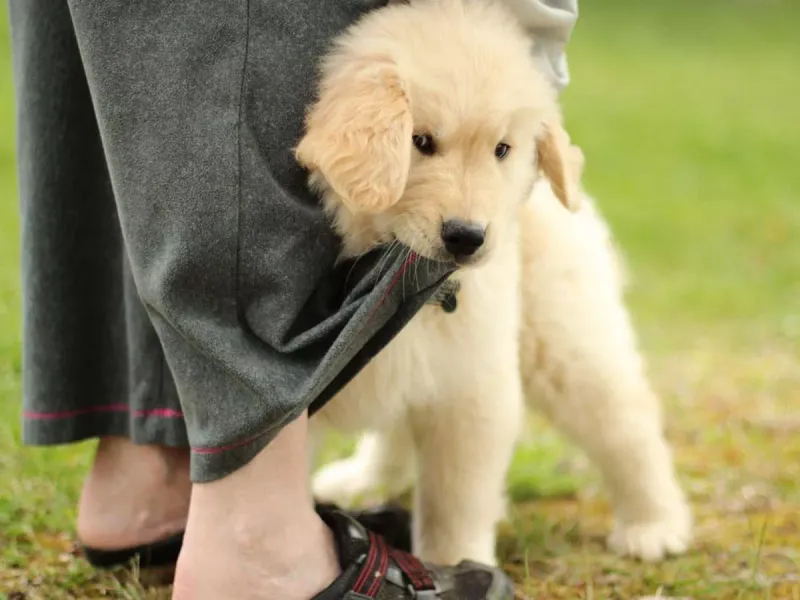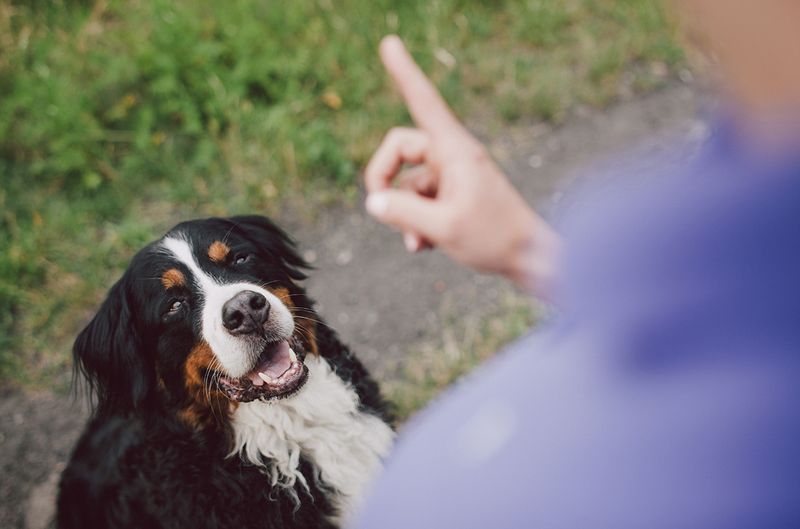📖 Table of Content:
Dogs are known for their expressive nature, yet there are times when their emotions go unnoticed. Beneath their wagging tails and playful antics, they can experience feelings that aren’t always obvious to the untrained eye. By learning to recognize these hidden emotions, you can build a stronger bond with your dog and better support their well-being.
We uncover 11 subtle feelings your dog might be trying to communicate. From subtle signs of anxiety to understated displays of affection, understanding these emotions can help you respond with care and compassion. Recognizing these hidden cues allows you to address your dog’s needs and create a more harmonious relationship.
As you delve into these insights, you’ll discover new ways to connect with your furry companion on a deeper level. Dogs may not speak our language, but their emotions are just as rich and meaningful. Join us as we explore the hidden feelings your dog wants you to notice and how recognizing them can enhance your journey together.
1. Subtle Anxiety
Your dog may experience subtle anxiety, which can manifest as slight pacing or restlessness. This feeling is often triggered by changes in their routine or environment. Recognizing anxiety involves noticing small changes in their behavior.
A gentle approach and reassurance can help them feel safe. Try to maintain a consistent routine and provide a calm environment to ease their anxiety. Engage in soothing activities like gentle play or walks.
Always observe their body language, as it may offer clues to underlying stress. Understanding these signals can make a big difference in their comfort and happiness.
2. Loneliness
Loneliness in dogs is often overlooked, yet it’s a profound feeling. If your dog is spending excessive time alone, they may crave companionship. Look for signs like whining or destructive behavior.
Regular interaction and playtime can alleviate loneliness. Consider hiring a dog walker or arranging playdates if you’re away often. Dogs are social animals and thrive on interaction and affection.
Creating a stimulating environment with toys and activities can also help. Recognizing loneliness is the first step to ensuring your dog’s emotional well-being, providing them with the love and attention they need.
3. Jealousy
Dogs, much like humans, can feel jealousy. This emotion often arises when they perceive a threat to their bond with you. You might notice your dog trying to get between you and another pet or person.
Understanding this feeling involves acknowledging their need for attention. Balance your affection among pets to prevent rivalry. You can also engage in joint activities that include all pets.
Jealousy isn’t just about competition; it’s a sign of their attachment to you. Addressing this ensures a harmonious environment and reassures your dog of their special place in your heart.
4. Boredom
Boredom in dogs is a common yet hidden feeling. It often results in behavior like excessive chewing or barking. Dogs need mental and physical stimulation to stay happy.
Engage them with interactive toys or challenging games to curb boredom. Activities like fetch or agility training can be both fun and tiring.
Ensuring your dog gets enough exercise is crucial. Try to vary their routine with different walks or playtime at the park. Recognizing and addressing boredom can lead to a more content and well-behaved companion.
5. Fear of Abandonment
A profound emotion many dogs face is fear of abandonment. This fear often stems from being left alone frequently or past traumatic experiences. Signs include whining, pacing, or destructive behavior when left alone.
To ease this fear, gradually accustom your dog to short separations, increasing the duration over time. Providing a safe space with familiar items can comfort them.
Reassure your dog upon your return without overreacting. Consistent routines and training can help alleviate their anxiety. Understanding their fear is key to fostering a secure and confident dog.
6. Confusion
Mixed signals or inconsistent training can lead to confusion in dogs, making them appear hesitant or unsure of what is expected. Recognizing this requires close attention to their body language and responsiveness.
Clear and consistent commands help mitigate confusion. Repetition and positive reinforcement are key in helping your dog understand your expectations.
Patience is essential. Dogs thrive on routine, so maintaining consistency will enhance their confidence. Addressing confusion by clarifying commands ensures a smoother communication between you and your furry friend.
7. Overstimulation
Specific situations can contribute to overstimulation for dogs, especially in busy environments. It can lead to stress or hyperactivity, often seen in crowded places or during loud events.
Recognizing this involves noticing signs like excessive panting or restlessness. Providing breaks and a quiet space can help your dog regain composure.
Gradually acclimate your dog to stimulating environments by increasing exposure over time. Ensuring they have a safe space to retreat to is important. Understanding overstimulation allows you to better manage their experiences and maintain their well-being.
8. Frustration
Frustration is a common emotion in dogs, often caused by obstacles preventing them from achieving a goal. This might manifest as barking or pawing at unreachable objects.
Address frustration by understanding their needs and providing alternative solutions. Interactive toys or puzzles can redirect their focus.
Teaching patience and rewarding calm behavior helps mitigate frustration. Recognizing this emotion allows you to support your dog in overcoming challenges, fostering a more content and adaptable companion.
9. Satisfaction
A feeling dogs express when all their needs are met is satisfaction. A content dog often displays relaxed body language, such as wagging tails or soft eyes.
Ensure all aspects of their well-being are addressed, from diet to exercise, to foster this feeling. Regular grooming and health checks contribute to satisfaction.
Spending quality time with your dog reinforces their happiness. Recognizing satisfaction in your dog is rewarding, affirming that you are meeting their emotional and physical needs.
10. Curiosity
Dogs might investigate new objects or scents with enthusiasm. Curiosity drives dogs to explore and learn about their surroundings. Encouraging this natural instinct enriches their experience.
Provide safe opportunities for exploration through varied walks or interactive toys. Curiosity is a form of mental stimulation, essential for their development.
Recognizing and nurturing curiosity enhances your dog’s confidence and adaptability. This feeling is a sign of a healthy, engaged mind, and supporting it contributes to their overall happiness and well-being.
11. Empathy
Empathy is a remarkable quality in dogs, often seen when they comfort their owners. They sense emotions and respond with gentle nudges or by staying close.
This feeling highlights their deep bond with humans. Recognizing empathy involves noticing how your dog reacts to your emotions.
Providing reciprocal comfort strengthens this connection. Acknowledge their empathy by offering affection and reassurance in return. This mutual understanding enriches the relationship, making it more meaningful and supportive for both you and your dog.











